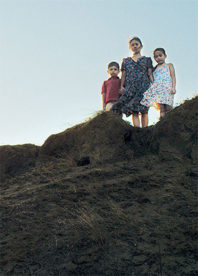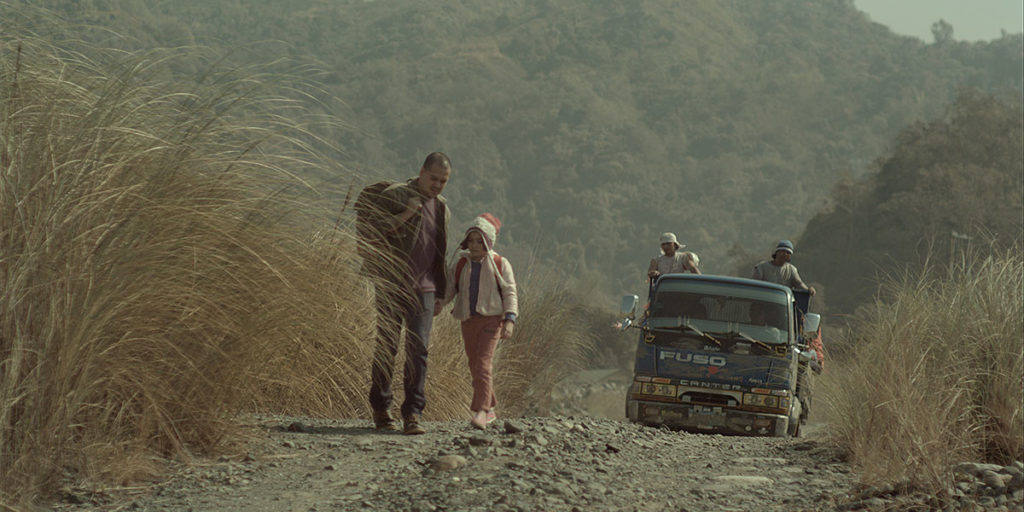
I didn’t know about the retrospective of Filipino cinema until last week. Much less that this was going to be one of two at TIFF this season. Praise Jesus. But after that initial elated feeling, there’s a lot to discuss. The first being if anyone was going to come. The past few years of the TIFF Bell Lightbox’s existence has been fill of wonderful retrospectives of films worldwide. I prayed for when ‘our’ turn will be. And wondered if it will be as packed as the ones I previously attended. Many people from all walks of life came to the opening screening of the wonderful Insiang. So that’s worry number one that I can cross off the list.
The second point to discuss is what TIFF includes in the retrospective. The cinematic organization calls it People Have the Power: Resistance in Filipino Cinema. Which seems like a broad criteria since it describes so much of my home countries’ cinema. Resistance is in ever frame of our movies, from our period pieces to our romance films. Sure, movies in those genres are more popular in the Philippines. But they also are never the kind of movies that show up in cinematheque retrospectives, which is unfortunate.
I’m not complaining, the films that TIFF ended up choosing are wonderful. What they also have in common is grit. It’s a description that initially baffled me when they use it to describe the movies back home. It’s also something that I missed on when I was still living in the Philippines as a child. Grit left our cinematic vocabulary when I was growing up in the late 90’s. That’s when the scars of the Marcos dictatorship seemed to be healing. And when the first drug war – they never told you about that – seemed to be waning.
There’s a small part of me that resents being away from where a fully blossomed cinematic scene is happening. But I am happier that grit is back in full force and that Toronto audiences get to experience it. Lino Brocka’s Insiang connects itself to the other films in the retrospective. But otherwise TIFF seems to have organized it in twos.
Two Joel Lamangan films – The Flor Contemplacion Story and Justice. Both showcase Nora Aunor, diving into roles that change audience’s perspective of . Two Erik Matti films, On the Job and Honour thy Father. On both the director showing that there are two ways to make a hard-boiled film. Lav Diaz has two film showing, Norte, The End of History and The Evolution of a Filipino Family. Those are for the audiences who like their films immersive and large, where Russian intellectualism meets the Filipino vernacular. Finally we have Adolfo Alix Jr. Dark is the Night and Carlos Siguion-Reyna’s They Call Me Joy. These two expose the duality of the mother and the whore facing difficult socioeconomic hurdles. These stories, some of which I’ve seen in the streets where I grew up, light up the screen. And I hope you join me in experiencing them.


